This issue has been covered so many times, I can’t count, but it’s still one of the questions I get asked all the time.
The questions comes mostly from kids that train at the gym but it also comes from other coaches and athletes and usually goes something like this:
“What should I do for max effort?”
or
“How much band tension should I use for dynamic work?”
or
“Glute-Hams or Reverse-Hypers?”.
When I say “I don’t know”, people usually get mad because they think I do. I try and explain that I can’t keep track of what every single person in the gym needs work on nor is it my job to.
I then give them the ‘attributes’ talk. Jim Wendler and I have had this conversation a few times and I think we’ve come up with some good points on this issue.
Let’s backtrack first and discuss what we are talking about here before we tell you what you should do.
As strength coaches/trainers, we need to develop the attributes that are lacking in our athletes.
We are only going to cover two of them: strength and speed, but there are others, such as coachability, flexibility, but these two are the bread and butter.
You as a coach need to figure out what attributes your athlete posses, what needs work, how to improve it, how to apply the correct training protocols, how to pair up athletes in a group setting to optimally use their time in the gym and ten thousand other things.
If you don’t have a coach, you need to identify these things in yourself; just remember to check your ego at the door.
Evaluate yourself accurately.
This means you’ll probably have to train something you aren’t good at.
For example, if you are good at low box squats for 1 rep maxes but suck at dynamic bench day, guess what?
Speed might need work.
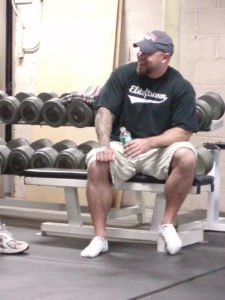
Let’s illustrate this further. Let’s say you’ve got a group of average 13-14 year old boys in a football program. Some will naturally be strong and some will naturally be fast; meaning, once you get them in the gym, you should have an idea of what is what with whom.
What I mean is simply this.
Take two imaginary kids on your team.
One is 5’10”, 185lbs. and has a 6” vertical leap but a 275 bench with a 315 deadlift.
The other is 5’10”, weighs 235lbs, trips over the 50 yard line, can’t squat 135 properly and has a 46” waist. Guess what, the first kid is lean and strong but he’s not fast (6” vertical) so he needs to learn to be more explosive.
The second kid is just fat, clumsy and weak. It’s not P.C. but it is what it is.
Spend time with the first kid developing his ability to be more explosive and with the second kid, sew his mouth shut, smack the donut out of his hand and get him stronger before you do anything else with him.
Here’s a separate example.
A huge guy joins our training group the other day looking to do his first meet.
He’s pretty strong and obviously well read and intelligent.
On his first day, he did a cambered bar good morning with 500 plus two chains and is was fairly easy for him.
He claimed to never have done that before and I believe him.
As we watched him further, he had all the basics down but had a few technique issues.
He also wanted to fix all of his problems in one workout.
Now realize, this is a good thing. We have someone who wants to improve and is willing to do what it takes but has 10,000 questions and needs answers to all of them now! How about this, today we work let’s work on fixing one thing when that is done, we’ll move on to the next one.
Besides, how can any one person know everything needed to do to fix all of your problems in one workout?
Maybe Louie can figure it out, but most of us are not him.
We are only human. Here’s what I told him to do in his workout.
Work on pushing his knees out in the squat.
That’s it.
By the end of his squat training, he was pushing his knees out but had a few other small problems that I said we would fix in the next training sessions.
As a credit to him, he agree but appeared a little anxious about fixing everything and how to get it done but I think it took. We’ll see.
So what is the point here?
The point is whether you are a lifter or a coach, identify your biggest weakness/problem and correct it.
Do this by putting some thought into what you or your athlete needs. Does it matter if they don’t do this exercise? Not really. What matters is that they work hard at the exercise that they are doing to bring up the weak point or technical problem.
Hopefully this will shed some light on these issues for you and create some discussion and thought about what you need to do.
by C J Murphy MFS
March 2010

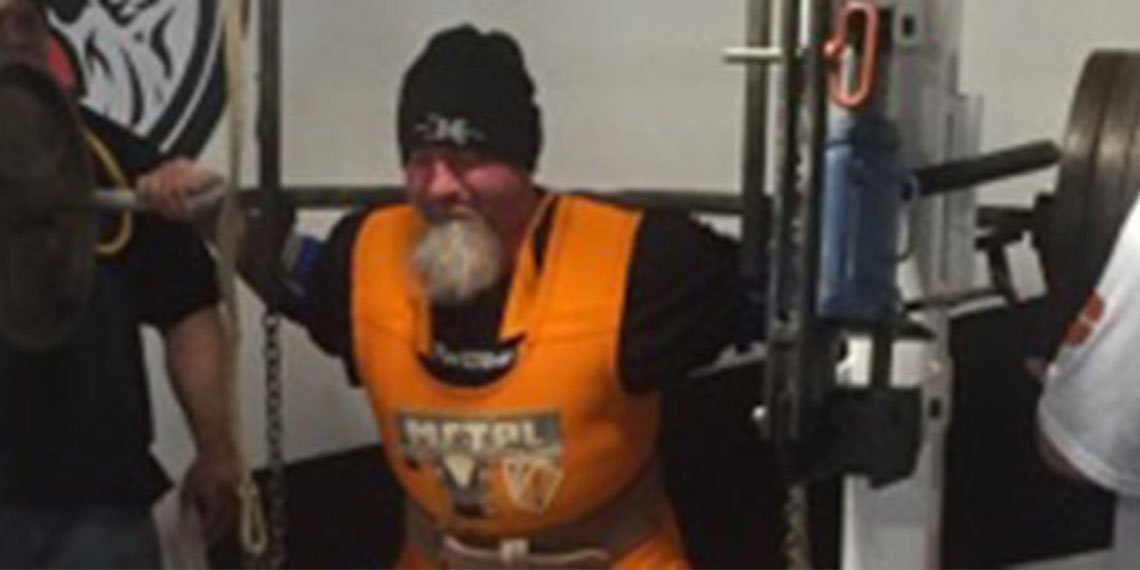
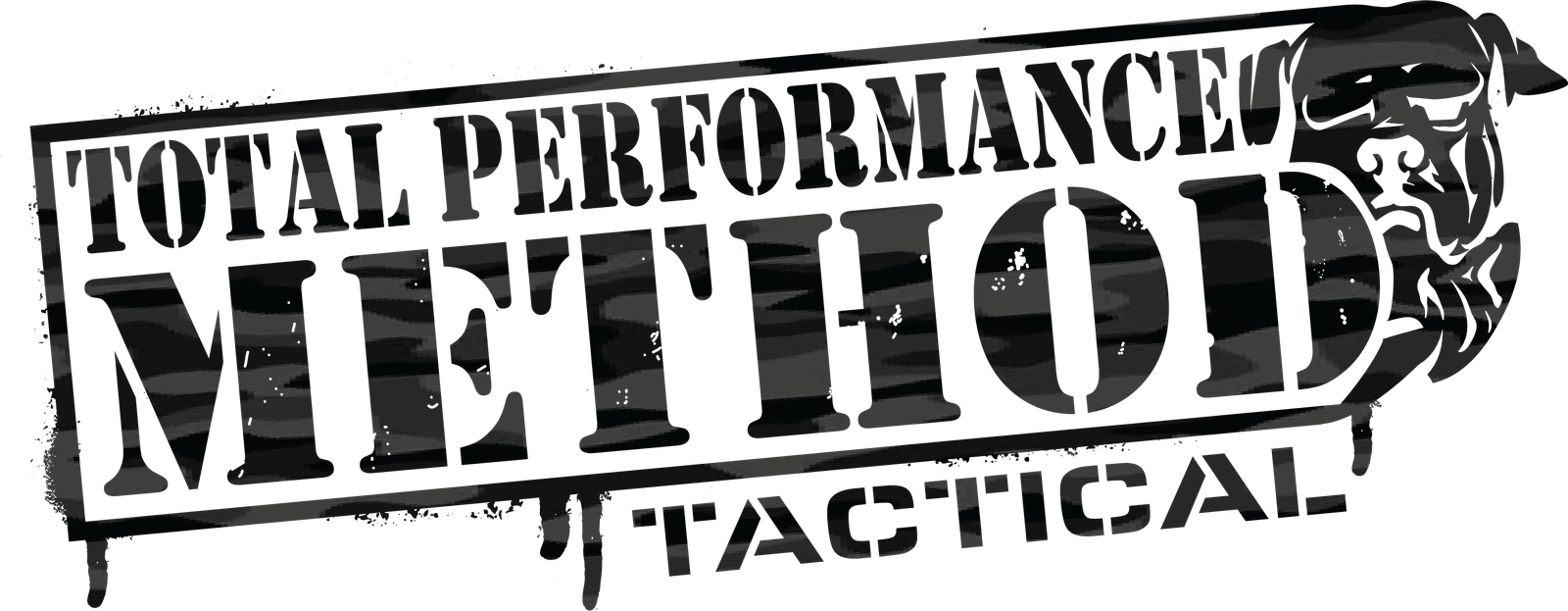



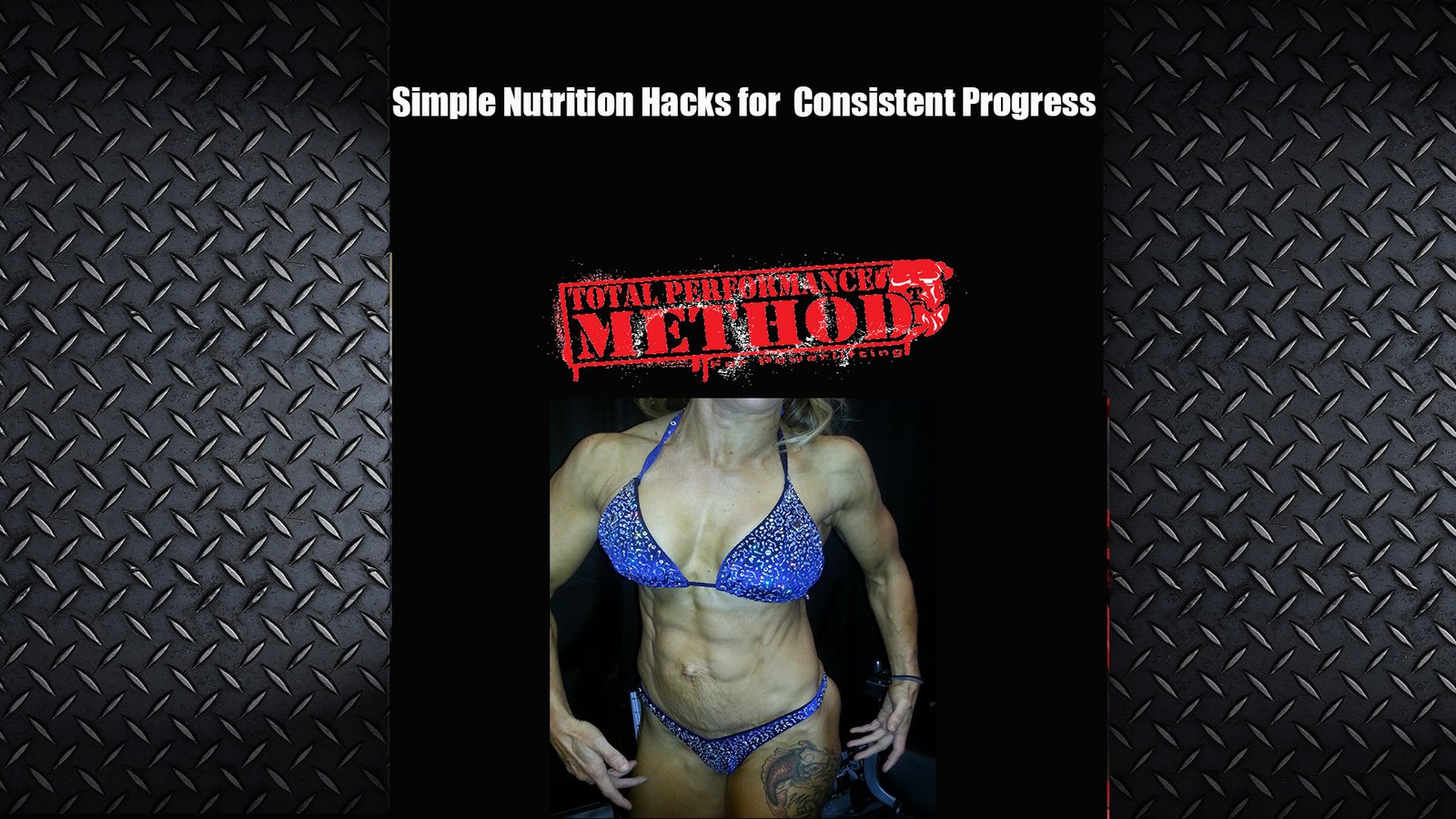
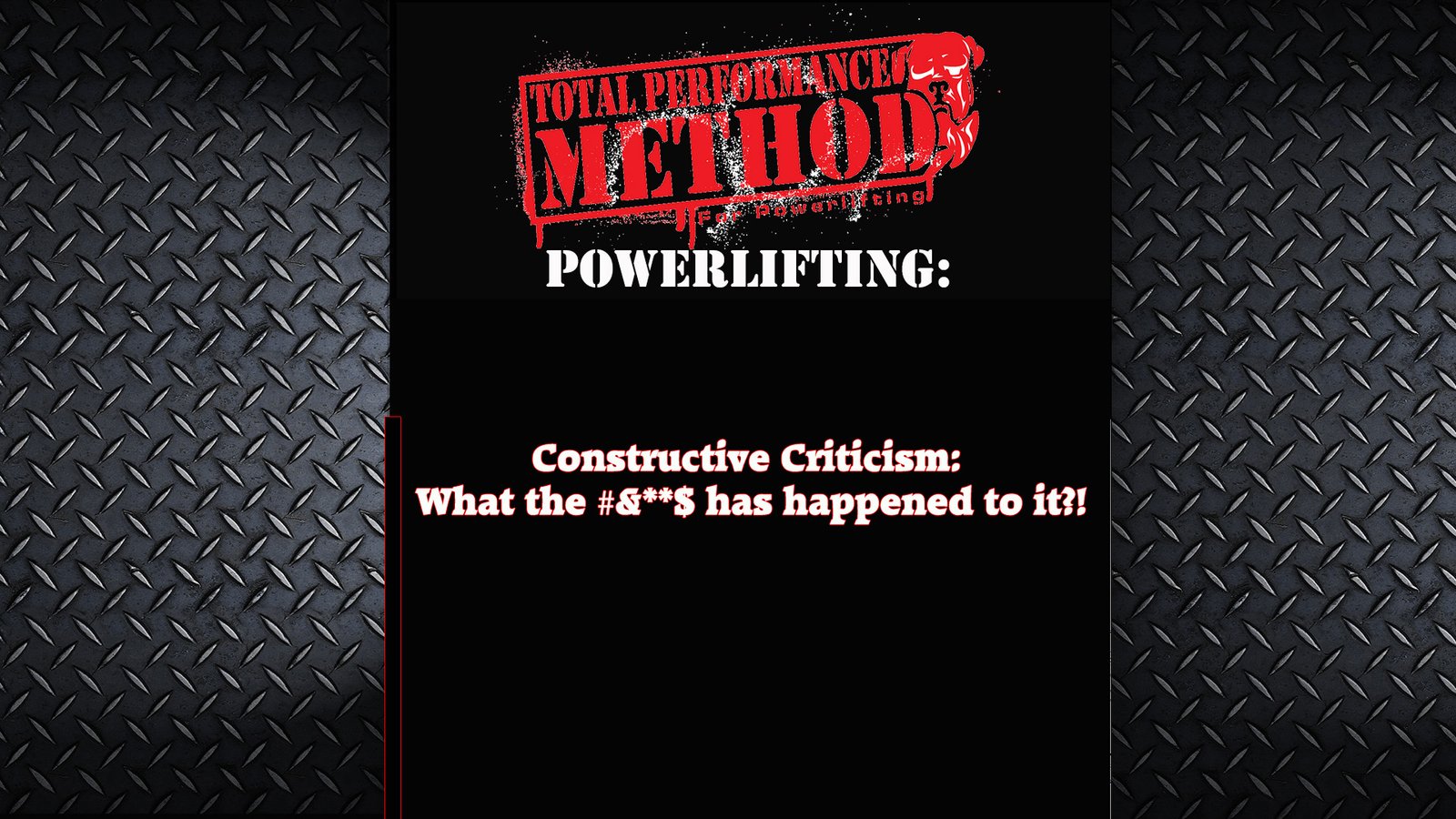
Leave A Comment